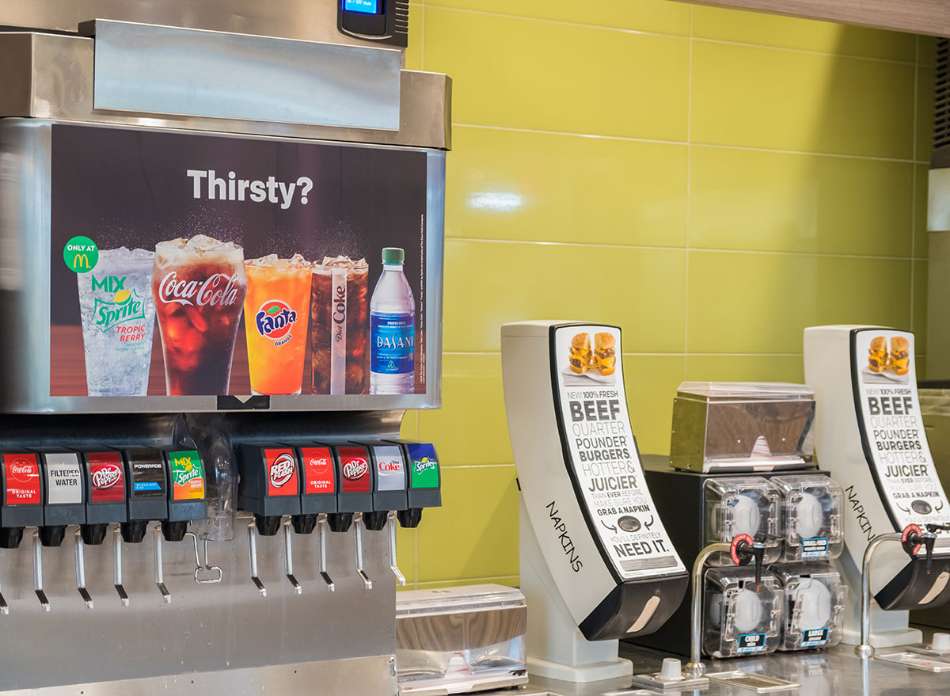How Much You Need to Earn to Be Middle Class in Every U.S. State (2025)

For many middle-class Americans, the dream has traditionally meant a life of stability and comfort — owning a secure home, saving steadily for retirement, and having enough extra income for occasional luxuries like family vacations, newer cars, or home upgrades.
“What it takes to be middle class in America” is one of the most pressing questions in today’s economic climate. With inflation, housing costs, and wage growth reshaping the financial landscape, being middle class isn’t defined by a single number—it varies dramatically depending on where you live.
Recent data reveals that the income required to sustain a middle-class lifestyle has risen, driven by inflation and changing wage patterns across the country.
Using Pew Research’s benchmark—which defines middle income as earning between two-thirds and twice the median household income SmartAsset analyzed the latest U.S. Census Bureau figures to determine the middle-class income ranges for all 50 states and 100 major cities nationwide.
Economists generally define middle class as households earning between two-thirds and double the median income in a given region. This bracket reflects a lifestyle that can sustain basic needs, occasional luxuries, savings, and upward mobility—but it looks very different in California compared to Mississippi.
National Summary
Based on the most recent 2025 data:
- Average lower bound: $51,312
- Average upper bound: $153,952
- Median household income (US average): $76,976
Middle-class income in major U.S. cities now ranges from $49,478 to $71,359, according to the latest Census Bureau figures. This is based on a median household income of $74,225 across 100 of the country’s largest cities. That’s an increase from the previous year, when the range was $47,568 to $142,718, based on a median of $71,359.
Massachusetts has overtaken New Jersey as the most expensive state to maintain a middle-class lifestyle. To be considered middle class in Massachusetts, a household must earn between $66,565 and $199,716, a notable jump from last year’s range of $62,986 to $188,976. New Jersey follows closely with a range of $66,514 to $199,562, and Maryland takes third place with a middle-class range of $65,779 to $197,356.
In some areas, even an income of $280,000 still qualifies as middle class. Arlington, Virginia, has the highest middle-class threshold in the nation, where qualifying households earn between $93,470 and $280,438. Several cities in California, including San Jose ($90,810 to $272,458), Irvine ($85,317 to $255,978), and San Francisco ($84,478 to $253,460), also require high earnings to maintain middle-class status.
On the opposite end, Detroit has the lowest entry point into the middle class, with qualifying incomes starting at just $25,384 and topping out at $76,160. Close behind are three cities in Ohio: Cleveland ($26,025 to $78,082), Toledo ($30,865 to $92,604), and Cincinnati ($36,206 to $108,628).
At the state level, Mississippi remains the most affordable for middle-class households. To be considered middle class there, earnings range from $36,132 to $108,406, a modest increase from $35,142 to $105,438 the year prior. West Virginia ($37,295 to $111,896) and Louisiana ($38,815 to $116,458) also sit at the lower end, each seeing roughly 3% increases in median household income.




